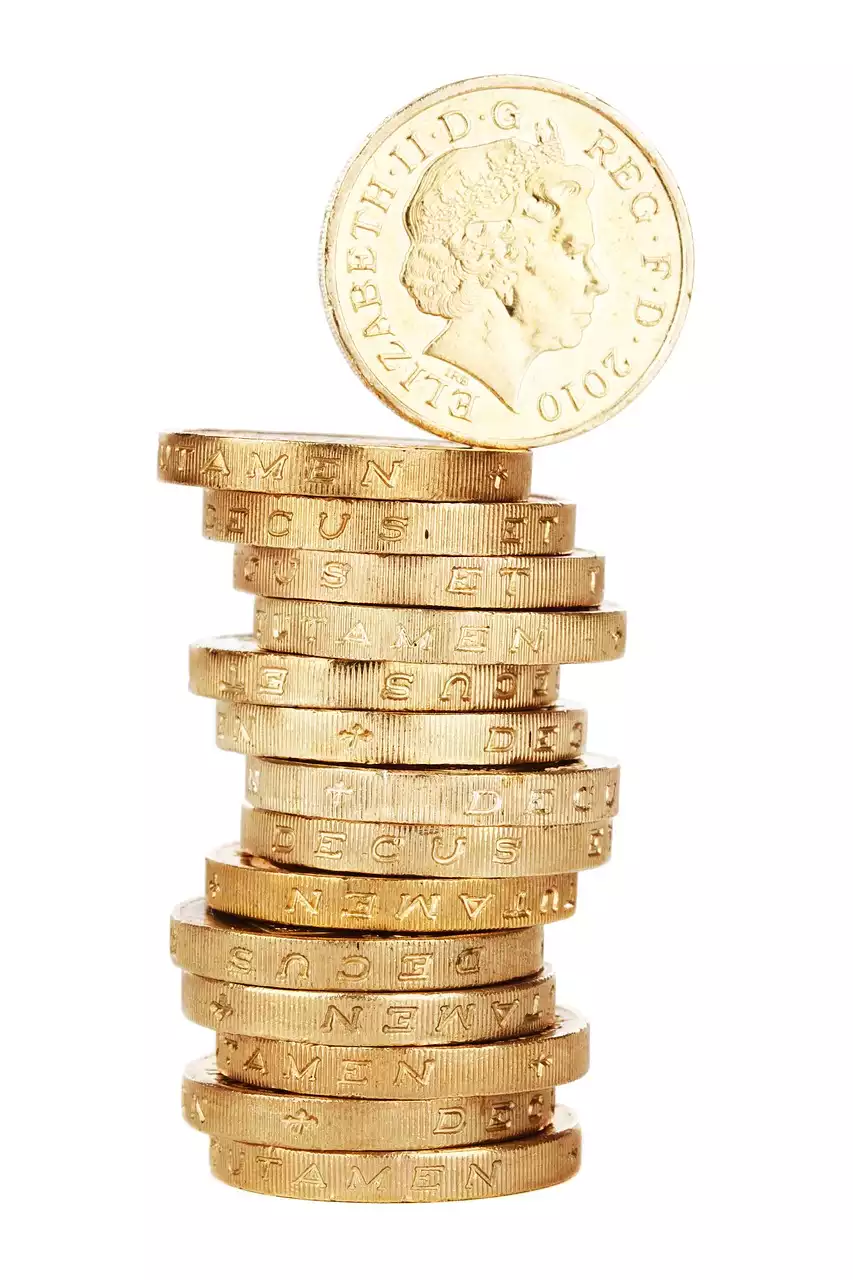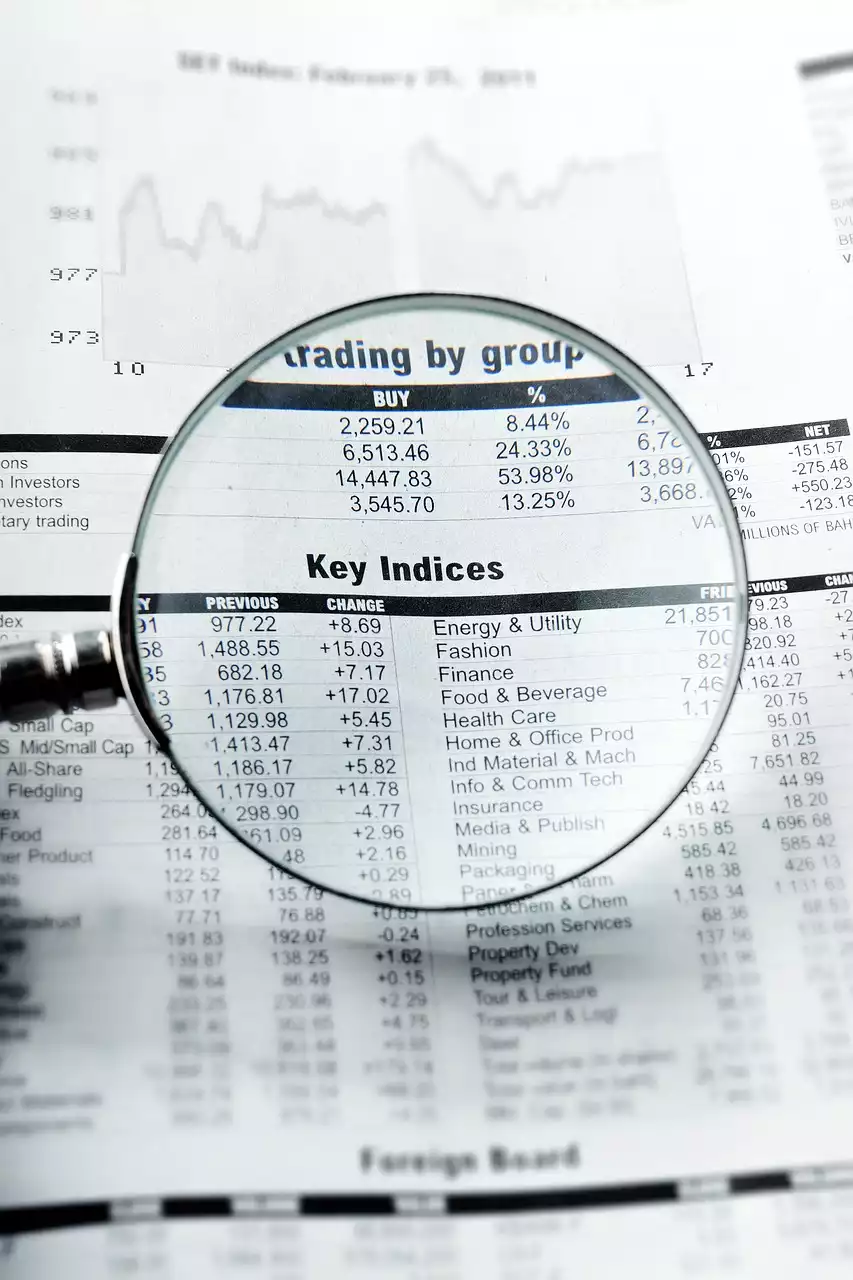Overview of the AUD/USD currency pair
The AUD/USD is the most liquid pair in the Australian Dollar exchange rates and one of the most popular currency pairs in the world. It is the Australian Dollar versus the US Dollar. One Australian Dollar is worth approximately 0.78 US Dollars. This pair is traded in all financial markets, including commodities, futures, equities, and options. The AUD/USD is usually the first chart that a new trader will see because it is used as a benchmark for many other currency pairs. The Australian Dollar is the 5th most traded currency in the world. It is a major commodity currency along with the Canadian Dollar, the New Zealand Dollar, the Brazilian Real, and the Russian Ruble. The AUD/USD pair trades in a very tight range and is very sensitive to economic data releases, with a strong correlation to the economic strength of the United States.
Factors that influence the AUD/USD
-Economic growth: Economic growth (GDP) is the single most important factor in determining the strength of the AUD/USD. High economic growth will typically cause the AUD/USD to rise, while low economic growth will cause it to decline. Investors will typically buy the AUD/USD when economic growth is strong because more Australians will be employed, demand for Australian goods will increase, and the AUD/USD will strengthen due to an appreciation in its value.
-Interest rates: Changes in interest rates in Australia and the United States will also affect the AUD/USD. When the Federal Reserve raises interest rates, the AUD/USD will decline because investors will sell the AUD/USD in favor of higher-yielding assets like the US Dollar. When the Reserve Bank of Australia raises interest rates, the AUD/USD will decline because there will be less demand for Australian assets.
Best times to trade the AUD/USD
There is no single best time to trade the AUD/USD, but certain times are more favorable than others. Traders should always be aware of economic news releases and market sentiment to determine the best times to trade the AUD/USD. Traders can measure market sentiment by tracking the AUD/USD’s Relative Strength Index (RSI), Moving Average (MA), or Volume Distribution. The AUD/USD’s RSI between 30 and 70 indicates a neutral market, while a reading below 30 indicates a bearish market and a reading above 70 indicates a bullish market. The AUD/USD’s MA between 50 and 100 indicates a neutral market, while a reading below 50 indicates a bearish market and a reading above 100 indicates a bullish market. The AUD/USD’s Volume Distribution between 80 and 20 indicates a neutral market, while a reading below 80 indicates a bearish market and a reading above 20 indicates a bullish market.
AUD/USD trading strategies
- Trading breakouts: Traders will often buy AUD/USD breakout trades above the level where the price broke out from its previous trading range. Breakouts are effective when the AUD/USD has an upward price trend. Traders will often sell AUD/USD breakout trades below the level where the price broke out from its previous trading range. Breakouts are effective when the AUD/USD has a downward price trend. Breakouts are highly effective when used in combination with other technical analysis tools such as Fibonacci retracements, moving averages, and pivot points.
- Trading pullbacks: Traders will often buy AUD/USD pullback trades below the price level where the price pulled back from its previous trading range. Pullbacks are effective when the AUD/USD has a downward price trend. Traders will often sell AUD/USD pullback trades above the price level where the price pulled back from its previous trading range. Pullbacks are effective when the AUD/USD has an upward price trend. Pullbacks are highly effective when used in combination with other technical analysis tools such as Fibonacci retracements, moving averages, and pivot points.
- Trading breakouts above resistance: Traders will often buy AUD/USD breakouts above resistance when the AUD/USD has an upward price trend and breaks above resistance. Breakouts above resistance are effective when the AUD/USD’s RSI is above 60 and the AUD/USD has closed above resistance. Breakouts above resistance are effective when the AUD/USD has closed above a Fibonacci retracement level of 23.6%. Breakouts above resistance are effective when the AUD/USD has closed above a Fibonacci retracement level of 38.2%. Breakouts above resistance are effective when the AUD/USD has closed above a Fibonacci retracement level of 50%.
- Trading breakouts below support: Traders will often buy AUD/USD breakouts below support when the AUD/USD has a downward price trend and breaks below support. Breakouts below support are effective when the AUD/USD’s RSI is below 30 and the AUD/USD has closed below support. Breakouts below support are effective when the AUD/USD has closed below a Fibonacci retracement level of 23.6%. Breakouts below support are effective when the AUD/USD has closed below a Fibonacci retracement level of 38.2%. Breakouts below support are effective when the AUD/USD has closed below a Fibonacci retracement level of 50%.
AUD/USD trading tips
- Use the AUD/USD’s RSI to determine the strength of the AUD/USD’s trend. Traders will often buy the AUD/USD when its RSI is above 60 and sell the AUD/USD when its RSI is below 30.
- Use the AUD/USD’s moving average to determine the direction of the AUD/USD’s trend. Traders will often buy the AUD/USD when its moving average is above its current price and sell the AUD/USD when its moving average is below its current price.
- Use the AUD/USD’s Volume Distribution to determine the strength of the AUD/USD’s trend. Traders will often buy the AUD/USD when its Volume Distribution is above 80 and sell the AUD/USD when its Volume Distribution is below 20.










